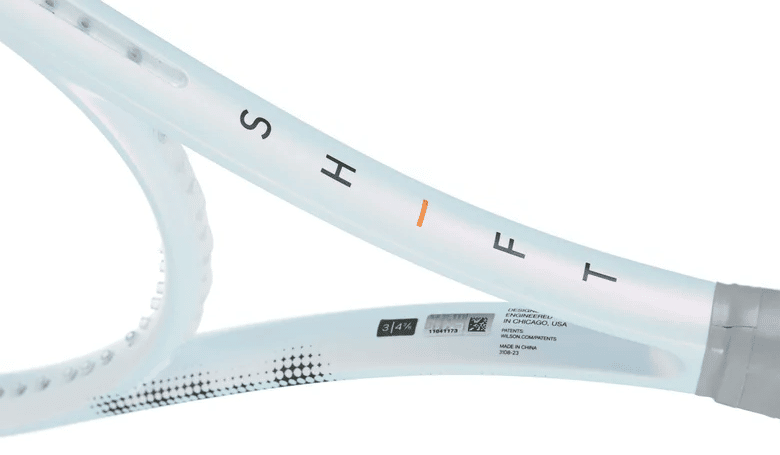Multifilaments are the most complex synthetic strings on the market, produced through a complicated and slow manufacturing process that brings them into a price range higher than a monofilament.
They are usually available in round section (with rare exceptions), but may differ in many other aspects.
The materials that make up the string are often different from each other, from polyamide to polyurethane, through polyethylene to polybutylene, which often protects the outer cover.
The filaments themselves can be few and thick, or many microfilaments maybe intertwined with each other, still a single core with filaments that wrap it, and so on.
As we can guess by changing the characteristics also the playability will vary accordingly.
The gauges on the market are various, even if for the most part they are used in the 125, 130 and 135 version.
Being a type of string on average very elastic, it can be used for a fairly high number of hours, in some cases even up to breakage.
Is possible to hypothesize a hybrid combination, both horizontally and vertically, combining the multifilament string with a suitable monofilament. In this case a big help can be given by the advanced Hybrids tool of the Stringingpedia service which allows us to simulate in a simple and intuitive way the attitudes and characteristics of the string combination we want to mount on our racquet.
The player looking for arm protection, thanks to good vibration and impact shock absorption, or more generally sensitivity and power, is the one who will find the most satisfaction from using a multifilament string.




















